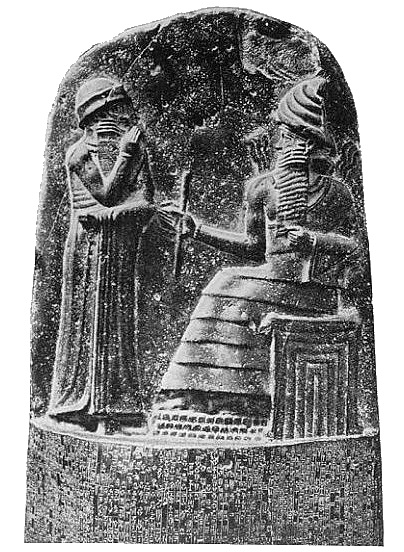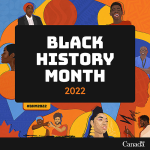
By Risa Gluskin
Less is more – I have so many resources, but I must resist using them all! The trick for me now is to use only what contributes to more critical thinking at the start of the course. I’ve got to declutter. Inquiry is helping me to design better, scaffold more carefully, and filter out the excessive stuff that I like but don’t need!
I found that my new pillars of civilization exercise – which focuses on developing the use of criteria – was a helpful stepping stone for my students to gain an inquiry mindset. I used to just give the students a list of characteristics of civilization and thought that applying them as we studied the various civilizations was good enough. This time around, building on something I developed for a learning object in the CHW3M e learning course, I constructed an activity where students had to identify the criteria for civilization through categorization of facts about Egypt, Mesopotamia and Indus Valley civilization – the categories were not named. My classroom version wasn’t done on computer – plain old paper and post-it notes were used instead. Some of the criteria for civilization were obvious, like writing, yet it was most interesting to see which pillars/criteria the kids came up with based on reading the information I had provided.
Before I revealed the names of the pillars, I gave each group the opportunity to test their hypotheses – they went around the class to check out the pillar labels others had come up with – did they want to change anything? It’s very important for me to incorporate this fourth stage of the cognitive learning cycle (see earlier blog post) in which students test their thinking. Thinking becomes the star of the show.
In my new lesson on Hammurabi’s Code, which I adapted from Stanford History Education Group (SHEG), I also incorporated the testing of hypotheses: which pillar of civilization was most reflected in the law code? Students predicted, then examined the primary evidence (excerpts from the code) with some guiding questions. At the end, the class voted on which criteria of civilization was most related to the code. It was one more opportunity for me to say that there isn’t always a clear-cut answer that the teacher can TELL students. Whatever answer they can justify with evidence is a good answer: thinking over memorizing. I asked this very question on the first test and most students answered it very effectively – some said writing, some said specialization of jobs, some said state religion.
By this time in the course – four weeks – I feel confident that the emphasis on thinking is going really well. It takes a lot of repetition and deliberate planning on my part. I’m not saying it’s perfect. I hope that with a few more semesters of practice I’ll be able to make it all a bit more fun. Combining that with the critical thinking will be an ideal pairing. No more random thinking!
Post-script March 7, 2018: I had a really fun lesson with the kids today in which they examined four theories of the causes of the decline of the Indus Valley civilization. Originally, I had planned to have the students simply read the articles and fill in a chart. I felt I could design a better lesson if I read them, took notes and put them into a useful format that provoked good thinking, incorporated use of criteria and tested hypotheses. I cannot express how happy I was with the result (see the documents on my blog – near the very bottom of the page under March 7). Yes, it was more work for me on the front end. However, watching the students get so enthusiastic about identifying the best theorie, using criteria (quality of supporting evidence) was amazing. One group even came up with their own theory that combined a few theories together. I think testing hypotheses is working! It is allowing students to feel free to think. And it was fun!
I’ve had a few interesting experiences as I hop from group to group where I encounter students who find thinking confusing. I’m enjoying experiencing the process of seeing students work through this confusion: today, a few groups pointed out that some of the theories contradicted each other! Yes, fabulous thinking. I could see the look on a student’s face meant she was still perplexed as to why I would give contradictory materials. Historians and archaeologists don’t always agree! This is part of the process of using the cognitive learning cycle.
This is Risa’s 19th year teaching ancient history.


